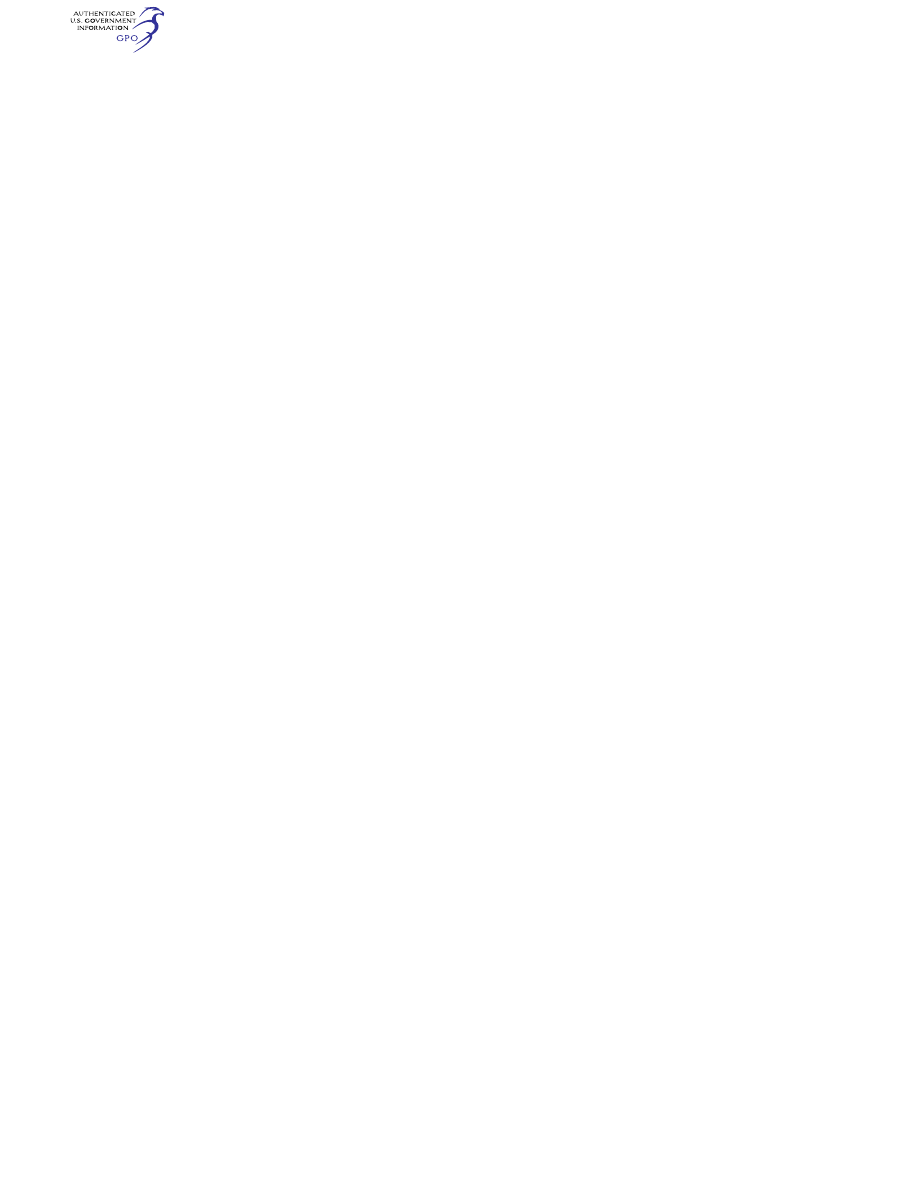
576
14 CFR Ch. I (1–1–24 Edition)
§ 139.309
the loosening or build-up of surface
material, which could impair direc-
tional control of aircraft or drainage.
(4) The full-strength surfaces must
have no holes or depressions that ex-
ceed 3 inches in depth and are of a
breadth capable of impairing direc-
tional control or causing damage to an
aircraft.
(5) Debris and foreign objects must be
promptly removed from the surface.
(b) FAA Advisory Circulars contain
methods and procedures for the main-
tenance and configuration of unpaved
areas that are acceptable to the Ad-
ministrator.
§ 139.309 Safety areas.
(a) In a manner authorized by the Ad-
ministrator, each certificate holder
must provide and maintain, for each
runway and taxiway that is available
for air carrier use, a safety area of at
least the dimensions that—
(1) Existed on December 31, 1987, if
the runway or taxiway had a safety
area on December 31, 1987, and if no re-
construction or significant expansion
of the runway or taxiway was begun on
or after January 1, 1988; or
(2) Are authorized by the Adminis-
trator at the time the construction, re-
construction, or expansion began if
construction, reconstruction, or sig-
nificant expansion of the runway or
taxiway began on or after January 1,
1988.
(b) Each certificate holder must
maintain its safety areas as follows:
(1) Each safety area must be cleared
and graded and have no potentially
hazardous ruts, humps, depressions, or
other surface variations.
(2) Each safety area must be drained
by grading or storm sewers to prevent
water accumulation.
(3) Each safety area must be capable
under dry conditions of supporting
snow removal and aircraft rescue and
firefighting equipment and of sup-
porting the occasional passage of air-
craft without causing major damage to
the aircraft.
(4) No objects may be located in any
safety area, except for objects that
need to be located in a safety area be-
cause of their function. These objects
must be constructed, to the extent
practical, on frangibly mounted struc-
tures of the lowest practical height,
with the frangible point no higher than
3 inches above grade.
(c) FAA Advisory Circulars contain
methods and procedures for the con-
figuration and maintenance of safety
areas acceptable to the Administrator.
§ 139.311 Marking, signs, and lighting.
(a)
Marking.
Each certificate holder
must provide and maintain marking
systems for air carrier operations on
the airport that are authorized by the
Administrator and consist of at least
the following:
(1) Runway markings meeting the
specifications for takeoff and landing
minimums for each runway.
(2) A taxiway centerline.
(3) Taxiway edge markings, as appro-
priate.
(4) Holding position markings.
(5) Instrument landing system (ILS)
critical area markings.
(b)
Signs.
(1) Each certificate holder
must provide and maintain sign sys-
tems for air carrier operations on the
airport that are authorized by the Ad-
ministrator and consist of at least the
following:
(i) Signs identifying taxiing routes
on the movement area.
(ii) Holding position signs.
(iii) Instrument landing system (ILS)
critical area signs.
(2) Unless otherwise authorized by
the Administrator, the signs required
by paragraph (b)(1) of this section must
be internally illuminated at each Class
I, II, and IV airport.
(3) Unless otherwise authorized by
the Administrator, the signs required
by paragraphs (b)(1)(ii) and (b)(1)(iii) of
this section must be internally illumi-
nated at each Class III airport.
(c)
Lighting.
Each certificate holder
must provide and maintain lighting
systems for air carrier operations when
the airport is open at night, during
conditions below visual flight rules
(VFR) minimums, or in Alaska, during
periods in which a prominent unlighted
object cannot be seen from a distance
of 3 statute miles or the sun is more
than six degrees below the horizon.
These lighting systems must be au-
thorized by the Administrator and con-
sist of at least the following: